Athletic Teams, Coaches Deserve More Than Praise
October 8, 2019
While Campolindo’s sports teams continue to dominate the league and earn section and state titles, they receive less funding from the school district than one might expect, and those coaches charged with guiding these essential programs remain among the lowest paid relative to their peers across the region.
It is somewhat of an irony that the programs which are among the greatest contributors to campus culture and community pride actually receive little consideration in the district’s annual educational budget.
According to Campolindo Athletic Director Raymond Meadows, Cougar sports teams support themselves primarily through fundraisers, sponsors, voluntary contributions, and non-profit organizations.
Cross-country and track and field coach Chuck Woolridge, who is also the La Puma advisor, said that it has been over 10 years since the district moved to a self-funded model for its after-school sports programs.
In addition to seasonal funding needs, many teams are also burdened with the responsibility of purchasing major equipment necessary to host competitions. The track team’s current hurdles are “falling apart and need to be replaced,” according to Woolridge. Yet, in order to host a track meet, hurdles are necessary.
Poles used for pole vaulting also need to be restocked, as with each new vaulter, the team needs an appropriately sized pole.
“If we can’t purchase the correct poles for those athletes, then we we must hope that other schools will lend them to us. Otherwise, some athletes just won’t have an opportunity to participate,” said Woolridge.
Girls’ varsity tennis team parent Debbie Bonardi said her team is in need of more funds to protect the safety of the athletes. “At Campolindo, there are no tennis lights, and that’s a problem because there’s times that it’s getting dark and it becomes a safety issue,” she said.
While most other schools in the Diablo Athletic League have lights on their tennis courts, Campolindo continues to be a venue where practice sessions and competitions are shortened or postponed due to an inability to play once the sun sets.
Tennis coach Petro Petreas said that, though he has brought this issue up with the superintendent, the district has been unwilling to help with the upgrade. “It is expensive and they are not ready to spend that kind of money on Campo tennis lights. I don’t know why, that is just how it is,” said Petreas.
Even traditionally popular spectator sports like football struggle with funding. Though they receive parent donations, football coach Kevin Macy said, “Football is always in need of supplies. It’s just a volume based sport.”
Meadows said that although the district doesn’t fund sports team equipment, it does pay for facilities like the stadium, track, turf field, gymnasium and locker room. Through bond measures, the district has been able to renovate many of its athletic facilities over the last 2 decades. The district also rents out these facilities to unaffiliated groups like club soccer teams to generate further revenue for maintenance and custodial staff.
However, it should be noted that these facilities are necessary in order for the school to meet the requirements of providing a physical education program. They are not exclusively for the use of sports teams.
Physical education teacher Alison Adams said that without the lockers, PE classes “would not be able to function because we need somewhere to change.” However, the locker room is also in need of funds. According to Adams, “Our district says we don’t have the funds for the lockers,” but the lockers need replacing. At Campolindo, many after-school sports participants don’t even bother trying to keep their belongings in the overcrowded locker room, opting to leave their bags laying in piles in the quad or hallways.
With the district’s recent move to allow students to opt out of PE classes during the school day by virtue of participation in 1 or more of the after-school sport programs, it places an additional burden of providing state mandated physical education to its students on the very programs it fails to adequately fund.
Principal John Walker confirmed that the number of students participating in traditional PE classes has gone down because of the athletic PE option. “For Campo, we have reduced PE by a couple sections,” said Walker.
This reduction in PE class sections saves the district funds that would otherwise be used to pay for, among other things, the salaries of certificated teachers responsible for providing the instruction and ensuring safety. The sports teams and coaches now burdened with the responsibility of providing the physical education opportunity to students who use the waiver receive no additional financial support or compensation. While the district may spend $20,000.00 or more for the salary of a teacher covering a single section of PE, it is responsible for only a tiny fraction of the $1,400.00 to $2,400.00 that comprise most single-season coaching stipends.
It is additionally notable that while the district continues to augment its ability to address student health needs with both expanded facilities and additional staff in the Wellness Center, participates in studies on campus climate and student health like the Stanford Survey, and funds instructional support in the form of professional development and Teacher on Special Assignment (TOSA) positions, it has done little to improve compensation for the coaches who are tasked with providing quality experiences for student-athletes who comprise 48.4% of Campolindo’s student population.
Campolindo coaches, like their counterparts at the other district schools, are among the lowest paid in the state. Yet these coaches have cultivated their players to the extent that Campolindo’s athletic program was selected as the California Interscholastic Federation Division 3 School of the Year for 2018-2019.
While there is much to be proud of in the Acalanes Unified School District, the level of financial compensation offered to its after-school coaches is not one of them.
It’s time to acknowledge the truly critical role our after-school sports programs and the coaches who facilitate them play in the development or our students and in the unification of our community with more than a hand shake and banner.
Show them the money.
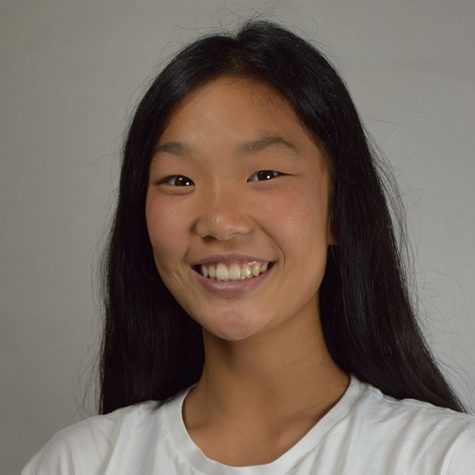
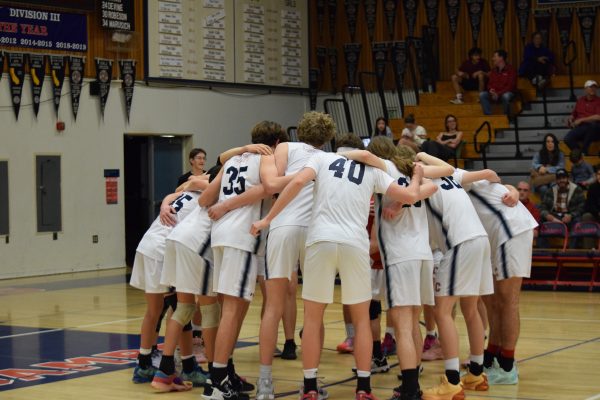
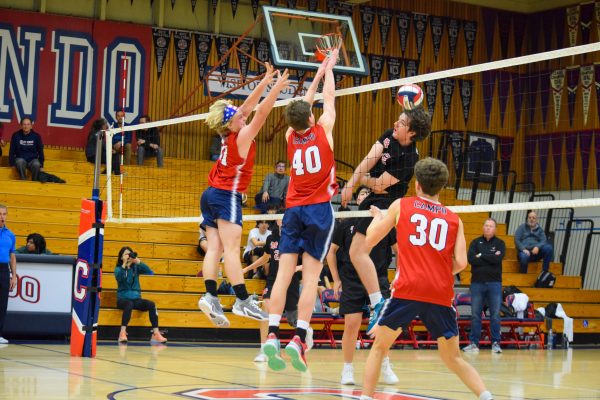
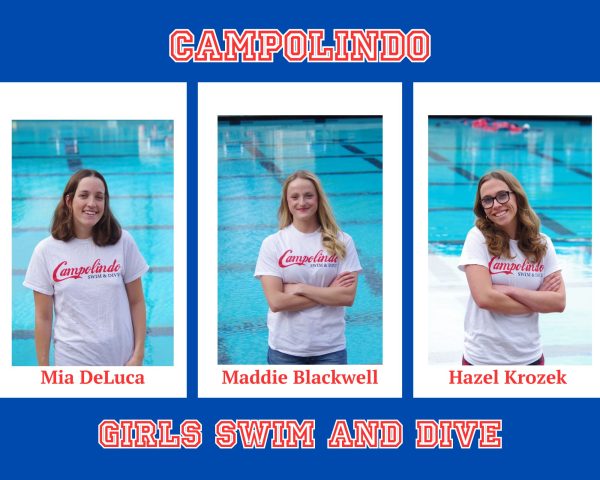

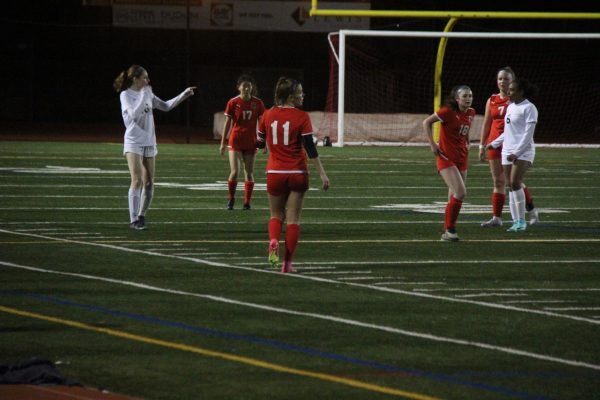
Lucy Dendinger • Oct 17, 2019 at 2:14 pm
Excellent article, Kylie. You have done fantastic research and written a very compelling and informative piece. Brava! It should also be noted that the stipends the coaches receive come out of the team budget comprised of player contributions and team fundraising. The district does not pay the coaches and the teams are limited to the district directed stipend for compensation.
Kylie Choi • Oct 22, 2019 at 8:35 pm
Thank you so much for that information if I ever write another sports funding article I’ll be sure to include it!